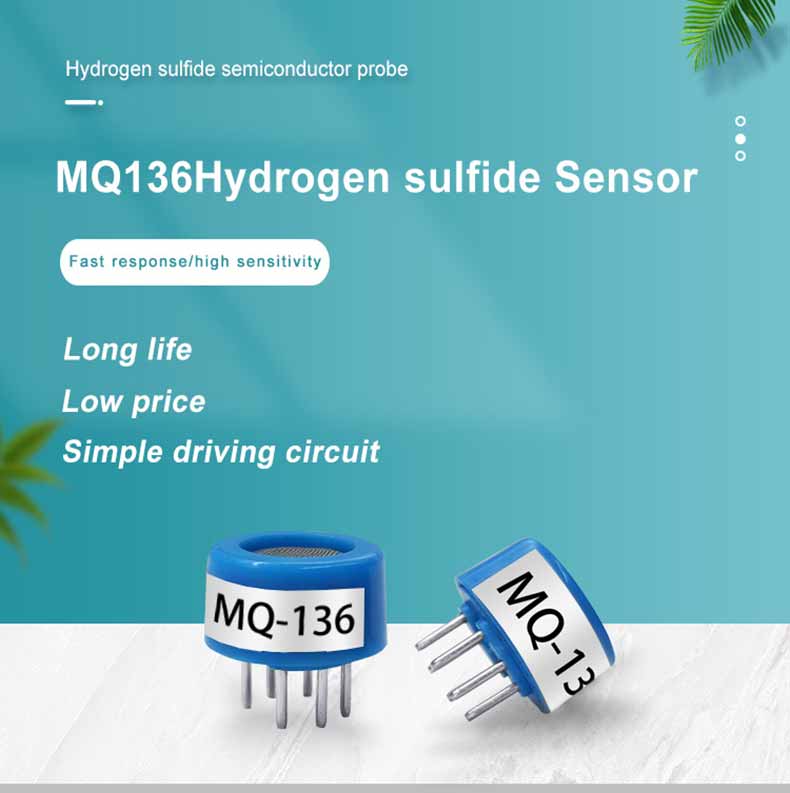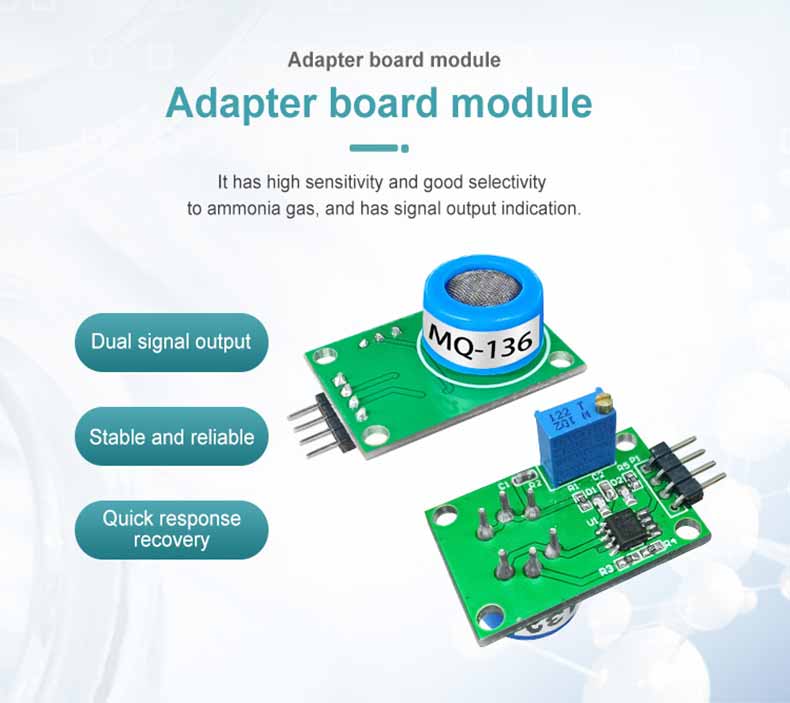Air pollution is a growing concern around the world, with both short-term and long-term effects on human health. According to the World Health Organization, air pollution causes 7 million premature deaths every year, and is a major contributor to respiratory illnesses such as asthma and chronic obstructive pulmonary disease (COPD). In addition, it has detrimental effects on the environment, including climate change and damage to ecosystems.
To address these challenges, air quality control has become a priority for governments, organizations, and individuals alike. One promising solution is the use of gas sensors – advanced devices that can detect and measure various types of gases in the air. Gas sensors have the potential to revolutionize air quality control, providing a more precise and comprehensive understanding of air pollution, and enabling targeted interventions to improve air quality.
Gas sensors are designed to identify and quantify different types of gases in the air, ranging from carbon monoxide and nitrogen dioxide to volatile organic compounds (VOCs) and particulate matter. They work by using a range of technologies, including electrochemical, infrared, and optical sensors, to detect gas molecules and convert them into an electrical signal for analysis.
One key benefit of gas sensors is their ability to provide real-time data on air pollution levels. Unlike traditional air quality monitoring methods, which rely on periodic sampling and laboratory analysis, gas sensors can continuously measure pollutant concentrations at specific locations, allowing for more accurate and timely responses to air quality issues.
Gas sensors also offer a high degree of sensitivity and specificity, meaning they can detect trace amounts of gases and distinguish between different types of pollutants. This is particularly important in urban areas, where multiple sources of pollution can be present and have different impacts on public health and the environment.
Furthermore, gas sensors are becoming increasingly sophisticated, with new technologies being developed to enhance their capabilities. For example, some sensors can now detect ultrafine particles, which are particularly harmful to human health. Others can be integrated with weather monitoring systems to provide insights into how changing weather conditions affect air quality.
The potential applications of gas sensors in air quality control are vast and wide-ranging. Governments and organizations can use them to monitor and assess pollutant levels in urban and industrial areas, as well as in indoor spaces such as homes and offices. This data can then be used to inform policy decisions and interventions aimed at reducing air pollution and improving public health.
In addition, gas sensors can be used by individuals to monitor air quality in their local communities and make informed decisions about outdoor activities and indoor air purification. Some companies are even developing personal gas sensors that can be worn as wearable technology, providing real-time air quality data to the user.
The benefits of gas sensors extend beyond air quality control, too. They can also be used in a range of other applications, including gas leak detection in industrial settings, environmental monitoring in agriculture and forestry, and safety monitoring in mining and construction.
Despite the potential benefits of gas sensors, there are some challenges to their implementation. One key challenge is ensuring the accuracy and reliability of sensor readings, as factors such as temperature and humidity can affect their performance. In addition, there is a need for standardized protocols for gas sensor calibration, maintenance, and data analysis to ensure consistency across different systems.
Another challenge is the cost of gas sensors, which can be prohibitively expensive for some applications. However, as the technology continues to evolve and become more widely adopted, it is expected that costs will decrease, making gas sensors more accessible to a wider range of users.
In conclusion, gas sensors have the potential to revolutionize air quality control, providing a more precise and comprehensive understanding of air pollution and enabling targeted interventions to improve air quality. They offer a range of benefits, including real-time monitoring, high sensitivity and specificity, and versatility across a range of applications. While challenges remain, the potential benefits of gas sensors make them an important tool for addressing the growing challenge of air pollution and protecting public health and the environment.
 : +86 155 8830 2704
: +86 155 8830 2704 : jxdziot@gmail.com
: jxdziot@gmail.com
